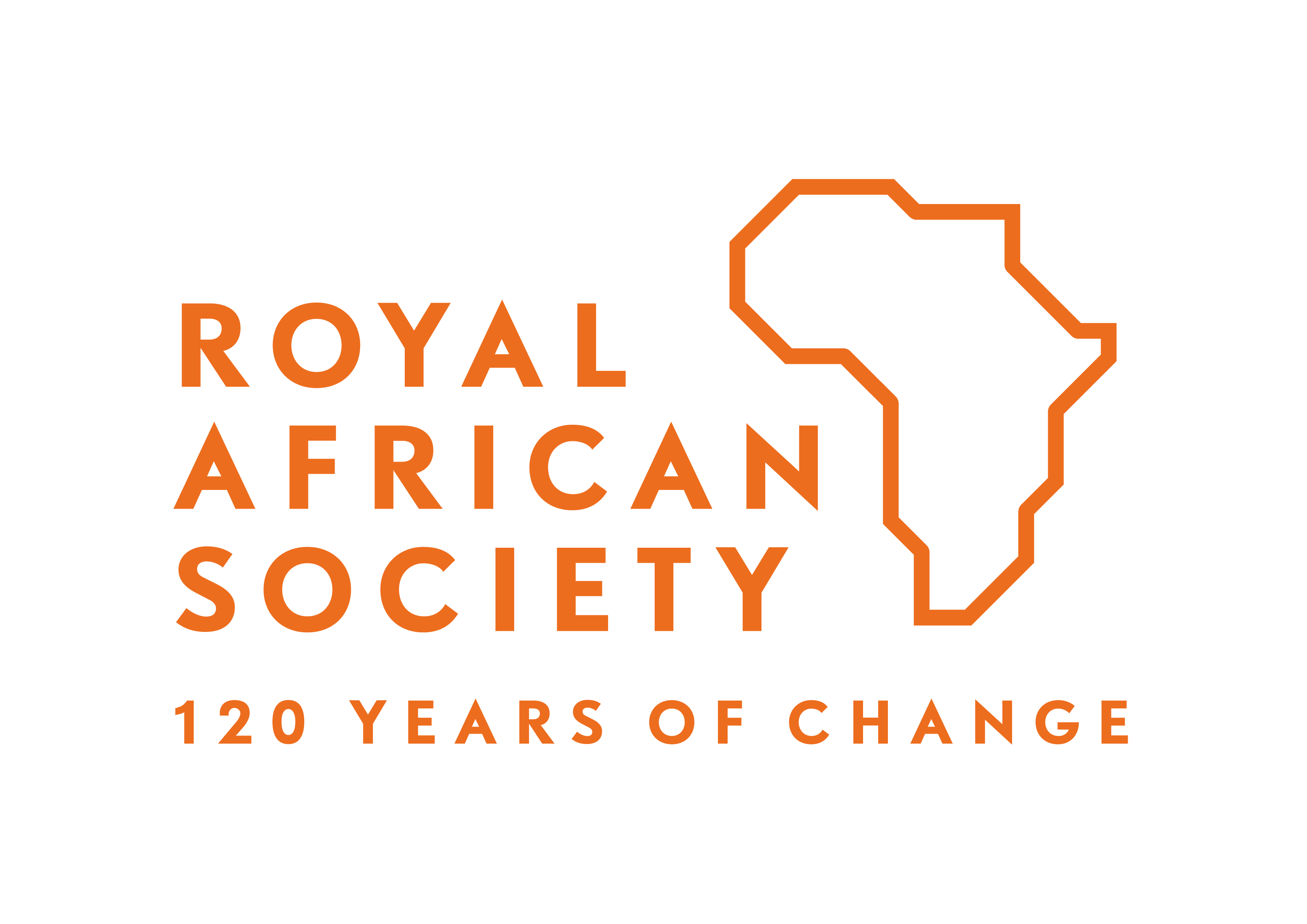“How Genocides End” (4: Darfur)
My fourth posting on the theme of “How Genocides End” applies the lessons of the inquiry to the case of Darfur.
It is, of course, far from evident that the legal definition of genocide, as found in the Genocide Convention, should apply to Darfur. The definition of genocide is at once so restrictive in its requirement of “intent”, so opaque in how that requirement might be established, and so capacious in the actions and levels of harm that qualify as genocide, that we risk an endless and fruitless debate. There is a danger of becoming tied down in legal minutiae, in which debate on genocide becomes an obstacle to action. Better to sidestep the genocide debate and focus on the following:
(1) Has mass killing reduced or ended, and if so when and why?
(2) Ditto for mass forced displacement.
(3) Ditto for sexual violence (a question which will remain unanswered for lack of data).
(4) Has it reduced/ended for good or will it resurge?
We should bear in mind that the purpose of this exercise is not to define an ideal ending but (also) to identify an actual ending.
The data on violent deaths in Darfur show a very clear pattern. The vast majority of killings occurred between June 2003 and April 2004. Estimates for the total number of people killed in those ten months range from the ICC figure (which is very conservative) of under 30,000 to more than twice that number. The overwhelming majority were civilians killed by militia and army. During the subsequent nine months, perhaps 4,000-7,000 were killed, though data for this period are also poor. The data are much better from January 2005 onwards, with about 9,000 people killed in the last three years and nine months, of which about half were civilians killed by government and pro-government forces. (Mortality from hunger, exposure and disease is not included in these numbers.) After January 2005, not only did the level of killings drop away sharply, but the pattern changed too, with a greater proportion attributable to rebel attacks, banditry and inter-tribal fighting.
The numbers of people displaced rose throughout the period. The fastest rate of displacement was during 2003 and 2004, but numbers continued to swell, even during periods when there was relatively little killing of civilians. The reported causes of displacement shifted. In 2003 and 2004 people universally reported government and militia attacks on their villages. From 2005 onwards, they reported a mixture of government and militia attacks, rebel attacks and general insecurity. The disruption of livelihoods and the deterioration of basic services in the rural areas also played a part.
We should distinguish between the period between June 2003 and January 2005, when about 90% of Darfur’s violent deaths occurred, and what has happened since. Those who want to argue that genocide was committed in the earlier period and continued in the later one, should at least concede that it had very different manifestations in the two time periods. Something changed: mass killing largely ended.
What brought about this change?
The events that coincided with the biggest drop in killings (between March and April 2004) were, first, President Bashir’s declaration that the military campaign had been successful (somewhat prematurely, in February) and the N’Djamena Humanitarian Ceasefire Agreement, signed on 8 April 2004, which was also accompanied by a substantial increase in humanitarian operations. The events that coincided with the next significant drop, in January 2005, were the Comprehensive Peace Agreement, the completion of the army’s “road clearing” operation in south Darfur, and the release of the report of the International Commission of Inquiry into Darfur.
Prima facie, it looks like a combination of achieving military objectives and responding to external pressures””perhaps along with the hope that the CPA signaled a real new dawn for Sudanese politics””were responsible for the reduction in fatalities.
My own inquiries suggest that this is about right. The Sudan Government called off its offensives in March 2004 because it had achieved its immediate goals and the army and militia were becoming exhausted (military operations on that scale are inherently time-limited, given the vast logistics needed to keep the forces in the field). In turn, this meant that Khartoum was agreeable to the April 2004 ceasefire agreement and the humanitarian operations that followed. Darfur was calm for a while thereafter because the rebels were scattered and the government forces were regrouping. The SLA then attacked in eastern and southern Darfur, leading to the June 2004-January 2005 campaigns by the army and militia in these areas. These military operations were just as big as the earlier ones, but by this time AMIS was patrolling and human rights reports were rapidly coming out. It appears that the militia were instructed not to kill so many. And once again, the major reason why these attacks ended was that they achieved their immediate military objectives. The timing of the release of the ICID report and the second drop in killings appears to have been a coincidence, but there are also well-sourced reports that army commanders became nervous when it was completed, along with its sealed list of 51 names and the promise, shortly thereafter, that the ICC would begin its investigations.
This is not a particularly hopeful tale. The number one reason why the massacres ended was that the government had achieved its immediate goals. I overheard one army officer admitting to a colleague, “Yes, we killed enough.” But some credit should also go to the early pressure for a ceasefire, which unlocked humanitarian access.
Two spikes in violence against civilians occurred after that, both in 2006. One was the jostling for position on the ground as the final phase of the Abuja negotiations drew to a close, when Minni Minawi’s forces took the offensive east of Jebel Marra and in the Korma area. The second was the burning out of the “green belt” south of Buram in August-September, in response to a JEM incursion in the far south. There have been a number of serious rebel raids and government counter-attacks, but none has caused civilian deaths on a comparable scale. The biggest was the early 2008 fighting north of el Geneina, which saw the burning of villages and the killing of civilians. Bad though these are, they are not on a scale comparable to the campaigns of 2003-04.
This isn’t how the mass killing should have been reduced in a better world””it would have been ended promptly and decisively by a global moral outcry.
The potential for renewed mass violence exists and there are many worrying signs. Kordofan is especially at risk (a recent ICG report has made this case well). Many of Darfur’s IDP camps are no-go areas for any government forces including the police. Ungoverned camps are dangerous, and the government has been worsening the problem by buying support from proxies by distributing cash and weapons.
The government’s capacity for launching major offensives appears much reduced. It doesn’t look likely that the government could launch large military campaigns comparable to 2003-04 in short order. The army has been strikingly ineffective. The loyalty of the Arab militia has been questionable in the last two years. (That may change if the Arab militia feel themselves indicted along with President Bashir.) Government efforts to police the IDP camps, some of which have become formidably well-armed, have been embarrassing failures.
What are the implications for international policy? The first challenge is accurate diagnosis.
The evidence clearly shows that homicidal violence in Darfur has changed in scale and pattern since the period of intense hostilities in 2003-04. Mass killing largely ended in January 2005. Mass displacement continues, albeit on a reduced scale and caused less by ambitious counterinsurgency and more by generalized insecurity. The massive forced relocations of earlier years have not been reversed, and more than two million people are stuck in camps, without their fundamental human dignity restored. Darfur has come to resemble a low-intensity conflict characteristic of Sudanese peripheral governance, combined with traumatic social dislocation and urbanization.
Diagnosing change in the underlying political context is less easy, as there are many layers to delve through. But this exercise is essential if we are to determine whether the reduction in lethal violence is permanent or is a mere lull, and whether it is likely to resurge either in Darfur or nearby (e.g. in Kordofan or Chad), instigated either by the Sudan government, its enemies, or others. In turn this requires an assessment of the goals, methods and calculus of the parties, especially the Sudan Government, and an analysis of the deep structural factors that drive recurrent conflict in Sudan under successive governments.
The other essential challenge is to define the objectives of international policy. If it is to stop mass killing, then that goal has largely occurred. If it is to put a final end to the prospect of mass killing, then more needs to be done. Exactly what, depends upon one’s analysis of the structural causes of sustained grievances among the marginalized and the factors that lead to recurrent mass violence. If the aim is to achieve justice for the victims, democracy and equitable development, then even different (and far greater) efforts are needed.
In response to the war in southern Sudan and the atrocities in Darfur, the international community has adopted projects that aim to immediately stop the killing, reduce the prospects of new rounds of killing, transform the structure of the Sudanese polity, and obtain justice. Coordinating these objectives is, at minimum, not easy. In fact, there is a good case to be made that policy is tripping itself up over its competing objectives.
While the U.S. government has””with the assistance of specialists””developed methodologies to determine genocide, it lacks a method to determine whether genocide has ended. On 9 September 2004, the then Secretary of State Colin Powell determined that “genocide has been committed in Darfur and that the government of Sudan and the Jingaweit bear responsibility””and genocide may still be occurring.” The U.S. government’s policy towards Darfur still lies in the shadow of that small and ambiguous word “may.”






In an article, about the genocide it stated that the Security Council has blocked the investigation by the ICC against the President and others for at least a year in order to advance peace in Sudan. Do you think this is a good choice by the Security Council? Why or why not?
To appropriately assess a genocide like that in Darfur, and this applies to the DRC, and perhaps even the violence in Somalia, the U.S. must do so for motivations outside National Security. It can be said that one of the main reason U.S. troops are in Sudan at all is due to the fact that the country is on our terrorist watch list. With the advent of AFRICOM which was launched officially last month, it will only get harder to engage in conflict resolution on the continent without destabilizing areas further under the guise of National Security.
Meg Hathaway
Africa Action